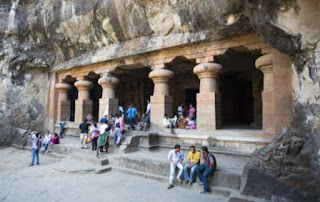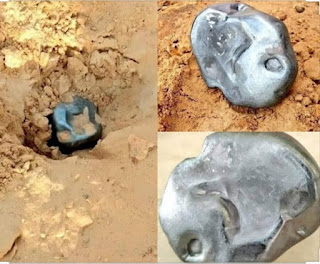Lonar Lake: why it turned into pink?
Lonar lake also known as lonar crater, is a notified National Geo-heritage monument located in Buldhana district, Maharashtra. It was created by an asteroid collision with earth impact during the pleistocene E-poch.
The water in the lake is both saline and alkaline. The lake was first mentioned in ancient scriptures such as the skanda purana and the Padma purana. The Ain-i-akbari, a document written about 1600 CE. The first European to visit the lake was a British officer, J.E. Alexander in 1823. Lonar lake has a mean diameter of 1.2 millimeters. The lake is a heaven for a wide range of plants and animal life. Resident and migrator birds such as black-winged stilts, brahminy ducks, grebes, shelducks(European migrant), swallows, etc. are found on the lake.
Among reptiles, the monitor lizard is reported to be prominent. Lonar crater become a geo-heritage site in 1979. The area of 3.83 square kilometre was declared as lonar wildlife sanctuary by the government on 20 November 2015. In case of natural phenomenon, There are fungi which generally give a greenish colour to water most of the times. But this time it changes into pink colour.
Experts said, this is not the first time that the colour change has happened, but this time it is more glaring. The lake has presence of salinity and algae both. During summer season, water level declines, which leads to increase salinity and change in the behaviour of algae because of atmospheric changes.
Maharashtra Forest department, on Wednesday asked the national environmentmental engineering research institute(NEERI), Nagpur, to assess why there has been a change in colour. It is proposed to be declared as a Ramsar site, a wetland of ecological importance, in 2017 by the Maharashtra forest department.





Comments
Post a Comment